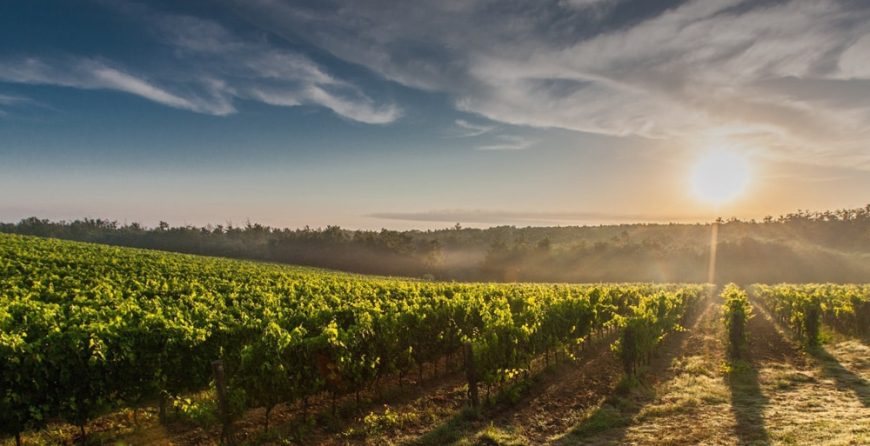 Vegetable gardening is popular among home gardeners, yet most edibles grown in kitchen vegetable gardens must be replanted yearly. For instance, cucumbers and zucchinis are referred to as annual since their lifecycle lasts for one season. On the other hand, kales and garlic are known as biennials because they have a two years’ lifespan. But, perennials last for three or more years. Perennial edibles that you can rely on year after year without replanting include;
Vegetable gardening is popular among home gardeners, yet most edibles grown in kitchen vegetable gardens must be replanted yearly. For instance, cucumbers and zucchinis are referred to as annual since their lifecycle lasts for one season. On the other hand, kales and garlic are known as biennials because they have a two years’ lifespan. But, perennials last for three or more years. Perennial edibles that you can rely on year after year without replanting include;
Asparagus
Asparagus lives for decades because they are resilient and robust. They can thrive under the harshest temperatures of even below zero degrees Fahrenheit. Asparagus awakens every year and is consumed every spring. It keeps growing until it attains a height of 9 feet, airy and feathery fronds that turn yellow during fall. Delay harvesting until the plant is 3 years old. The delay helps its roots to grow stronger and mature faster. After which the plant offers tender shoots for two months annually.
Blueberries
Growing blueberries can be very satisfying if you choose the right variety. Some varieties thrive in northern gardens and others in the southern zone. However, you must have the soil composition and climate match. Blueberries thrive under acidic soil compositions. Depending on the variety you choose, blueberries can grow to between 2 and 6 feet tall. However, they require at least 3 years to attain their full productivity.
Caneberries
Just like blueberries, caneberries offer the best product if grown in slightly acidic soil. Modern varieties grow 3 to 4 feet tall, but they spread to form caneberry patches. You must choose the right variety for your climatic region.
Fennel
Though fennels have a short lifespan as compared to other perennials, they self-seed and can thrive in most parts of the USA. They attain a height of about 6 feet when fully matured. Their flowers, seeds, leaves, and roots have culinary uses. It can thrive in alkaline or acidic soil composition.
Woody herbs
Perennial herbs give life to edible gardens despite their size. Woody-stemmed herbs like rosemary, sage, and culinary lavender offer great ornamental qualities, edible flowers, and aromatic foliage. They can thrive for many years in most regions apart from the cold and very hot north, and south USA states respectively. They tolerate different soil types from acidic to alkaline.
Horseradish
Horseradish can grow anywhere except in regions where winter remains above freezing levels. It features large and coarse leaves of about 3 feet in length. However, it is grown for the roots. Despite how large the leaves may grow, you should focus on the roots. They thrive under shades and acidic soil. Harvest the thick and large roots only and leave the rest for next season.
Jerusalem artichoke
Also referred to as sunchokes, Jerusalem artichokes can grow in most parts of the USA. However, it may offer low yields in warm southern regions. It offers yellow, sunny flowers and edible tubers that are similar to potatoes. It adapts to different soil pH levels and compositions. You should harvest the roots immediately after fall frosts but leave some for the next growing season. They are cooked like potatoes.
Lovage
Lovage returns year after year and grows to a height of 6 feet and a width of 3 feet. It features thick stems with dark green leaves flavored like celery. Their leaves, seeds, and roots add flair to stews, soups and sauces. It thrives in most soil types.
Rhubarb
Rhubarb does best in northern zones where there are some cold climatic conditions. Their tasty stalks vary in color from green to brilliant red. Less colorful plants tend to be more heat tolerant. Newly planted crops require at least two years to mature before you start harvesting. However, only their stalks are edible; their leaves are toxic. Rhubarb requires slightly acidic soil.
Strawberries
Growing strawberries can be challenging if you choose a variety that does not suit your climate. Woodland strawberries known as Fraises de Bois offer fruits all season. Big and plump types have shorter harvest periods. Strawberries require slightly acidic soil to thrive.
Conclusion
Despite where you plant your edibles, they require regular watering and nutrient-rich compost. Vegetable and edibles gardening may seem easy, but it requires dedication to offer the desired produces.



Lovely post. I couldn’t be without my rhubarb.